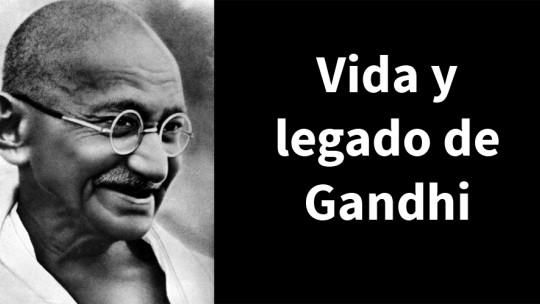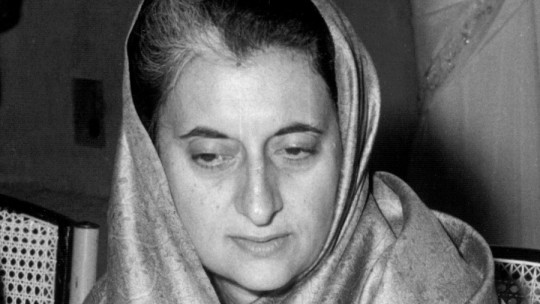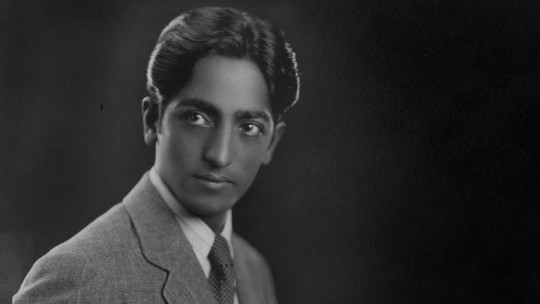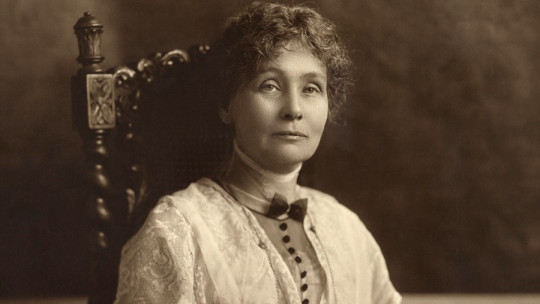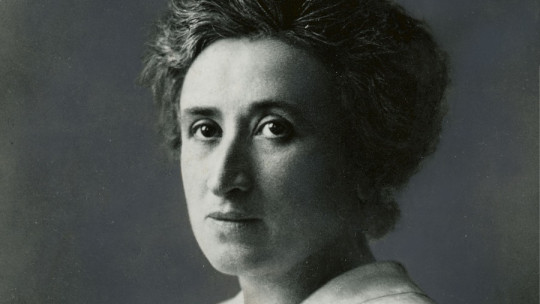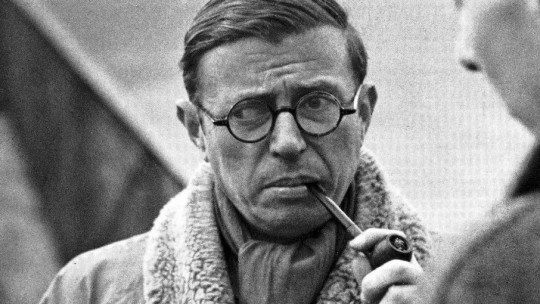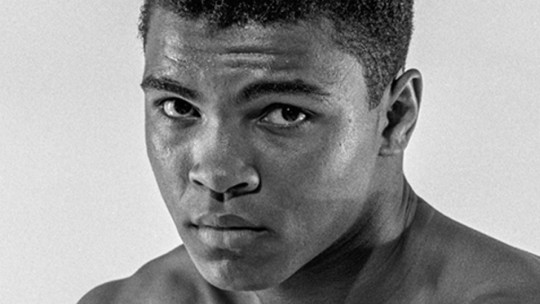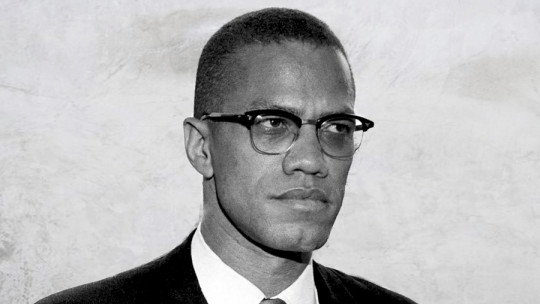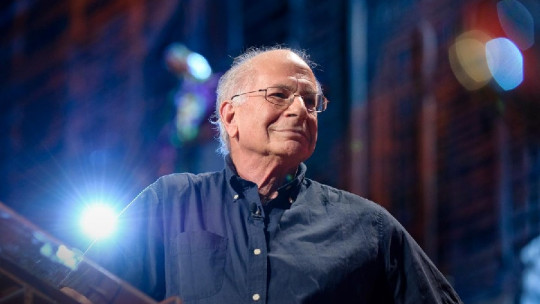Mohandas Karamchand Gandhi; is the name of one of the most recognized spiritual leaders and influential people of recent times, who actively participated in the achievement of Indian independence and who would become especially known for his belief in peaceful resistance and non-violence. Better known as Mahatma Gandhi, the figure of this spiritual leader continues to be revered by many today.
Below we will give a brief review of the life of this reference of non-violent political action, which has changed the way of thinking of a good part of the planet’s inhabitants.
To understand who Mahatma Gandhi was, it is first important to understand how his ideas developed. Let’s start with his early years, which serve to understand the context in which he was educated.
Origins of Gandhi’s biography
Mohandas Karamchand Gandhi He was born in 1869 in the city of Porbandar, northwest India His father was Karamchand Gandhi, prime minister of the city and belonging to the merchant caste. Her mother was Putlibai Gandhi, a deeply religious woman who transmitted to her respect for different beliefs and ways of life and who came from pranami, a religious tradition that mixed the precepts of Hinduism and Islam.
In his childhood and adolescence Gandhi was a withdrawn young man who did not stand out academically At the age of thirteen he married a woman of the same age named Kasturbai, in an arranged marriage. Mohandas would fall in love with her.
Later Gandhi He moved to London to study Law at University College There he would finish his career and, in addition, he would be able to read various classics of both Western and Eastern literature (highlighting books such as Bhagavad Gita and reading the works of Tolstoy) and contemplate the Western point of view regarding land of him.
Regarding the spiritual and religious facet would be influenced by a large number of different religions and beliefs: in addition to Hinduism, it would be influenced by Islam, Christianity, Buddhism and Jainism (the latter advocated non-violence and respect for both living beings and animals). the different elements, this being an aspect that he would use as a basis in his political struggle). For Gandhi, all these beliefs had in common the idea of renunciation.
Once he finished his law degree, he returned to his country of origin, shortly after the death of his mother, Where would I start practicing as a lawyer? However, his early professional experiences were extremely negative, and he did not enjoy great success. He was offered a contract in South Africa, which led him to move with his family to the country in 1893.
Stay in South Africa
Once in the African country, Gandhi observed the high level of discrimination that exists towards Hindus , suffering numerous humiliations and humiliations himself. After fulfilling his contract, he learned of the creation of a new law that planned to withdraw suffrage from the Indian population. This fact would cause him to decide to postpone his return to his native country, which did not occur until more than two decades later.
After making various petitions to the colonialist government that were not heard, he would decide to help the country’s Indian community through various means: opening law firms, founding newspapers and organizing the Natal Congress Indian Party. All of this It would help make visible the abuses committed against its people by the British
At this time he would read Western authors and thinkers who influenced his thinking, finishing his ideals regarding respect for all creatures regardless of their opinion, religion or social condition and the usefulness of struggle through non-violence
Later, after the worsening situation of the Hindu population and the drafting of a law that required Indians to register, would begin employing and encouraging nonviolent resistance and civil disobedience Despite being imprisoned on several occasions and the protests being harshly repressed by the government (including torture and shootings), the country received severe pressure from abroad that would end up causing a solution to be negotiated with Gandhi in 1913, the Pact. Smuts-Gandhi. Thus, the peaceful resistance and the different organized marches would end up being successful,
It was also around this time that he decided to become celibate a fact facilitated in part by the feeling of guilt that caused him that during his youth his father had died while having relations with his wife.
Return to India: the pacifist struggle continues
In 1914 Gandhi and his family would return to India, traveling throughout the country dedicating themselves to different causes, such as the fight for free cultivation or the reduction of taxes. Mohandas He would begin to be called Mahatma (whose meaning in Sanskrit is “great soul”) at that time, this nickname being thought of by the poet Tagore.
Thus, Gandhi began to fight to eliminate the caste system that existed until then using methods such as the hunger strike to achieve agreements such as the cessation of separate suffrage for pariahs and the rest of the Hindu population.
Also He would begin to be interested in achieving the independence of his country The arrival of the First World War in 1914 caused Gandhi to consider it necessary to support the British in their fight, believing in the need for the people of India to have representation in the conflict.
However, the approval of Rowlatt’s law, according to which any act that could be considered sedition was forcefully prosecuted through the arrest without a warrant of any suspect, would generate great controversy and concern and generated various protests among the population. , that were harshly repressed in the Amritsar massacre
All of this would cause Gandhi to decide in 1919 to actively participate in the country’s search for independence and to make use of peaceful resistance and civil disobedience. Among other actions, he helped organize the congress and would fuel different marches, like the so-called salt march of 1930 , originated due to the high taxes around this matter. Mohandas would go to prison numerous times throughout this period.
Mahatma Gandhi and World War II
The arrival of the Second World War in 1939 also provoked a greater search for independence on the part of Gandhi and India in general, as it was included in the conflict unilaterally by the British without taking into account the opinion of the people. It generated a deep resistance movement and the desire for an end to British domination about the country.
As a consequence, there were a high number of arrests, including that of Gandhi, and the death of a large number of protesters. During his stay in Kasturbai jail, his wife died Gandhi was released before the end of the war because he was weak and ill. After the end of the war, Great Britain would definitively decide to withdraw from India.
The arrival of independence and the conflicts between Muslims and Hindus
In 1947 India was finally declared independent. Gandhi and many others wanted to achieve a united India, but part of the Muslim sector of the country would refuse this fact as they were a minority, calling for separation from Pakistan This would end up triggering different armed conflicts between Hindus and Muslims. In response, the government decided to divide the territory into two countries, India and Pakistan.
Gandhi held several marches in order to stop the bloodshed and restore peace, despite the fact that both sides attempted to make attempts on his life on several occasions. Later he would go on a hunger strike for this purpose. After five days of said strike, the leaders of the different parties agreed to cease hostilities.
Death and funeral
Mahatma Gandhi He was murdered in 1948 in Delhi , hours after being shot several times while on his way to pray. The perpetrator of the crime was Nathuram Godse, a member of an extremist Hindu organization that opposed freedom of religion and considered Gandhi a traitor due to his defense of peace between Hindus and Muslims.
After the death of the spiritual leader, the government would decree thirteen days of mourning. His body was cremated and his ashes were distributed in numerous urns that would be distributed throughout India, many of them scattered throughout the rivers of his land.

